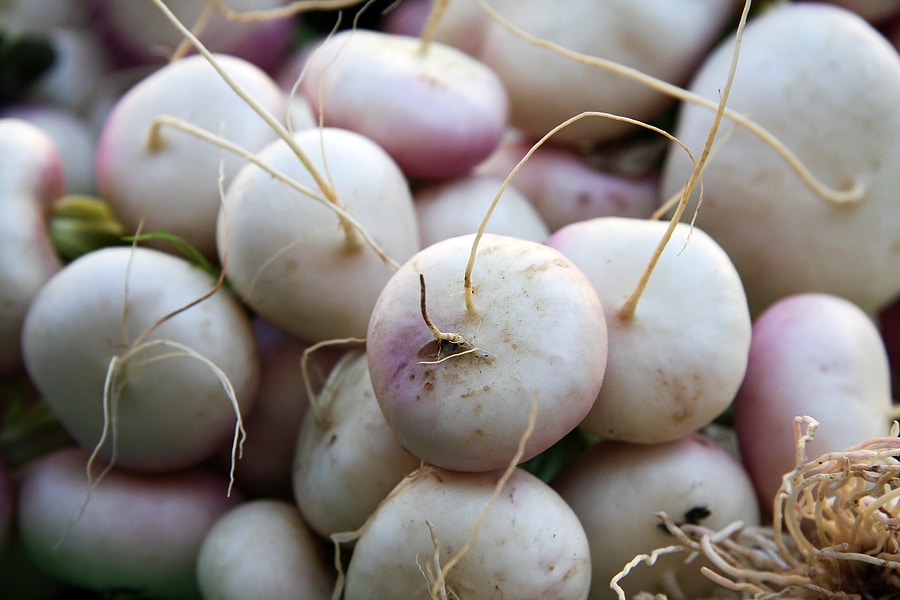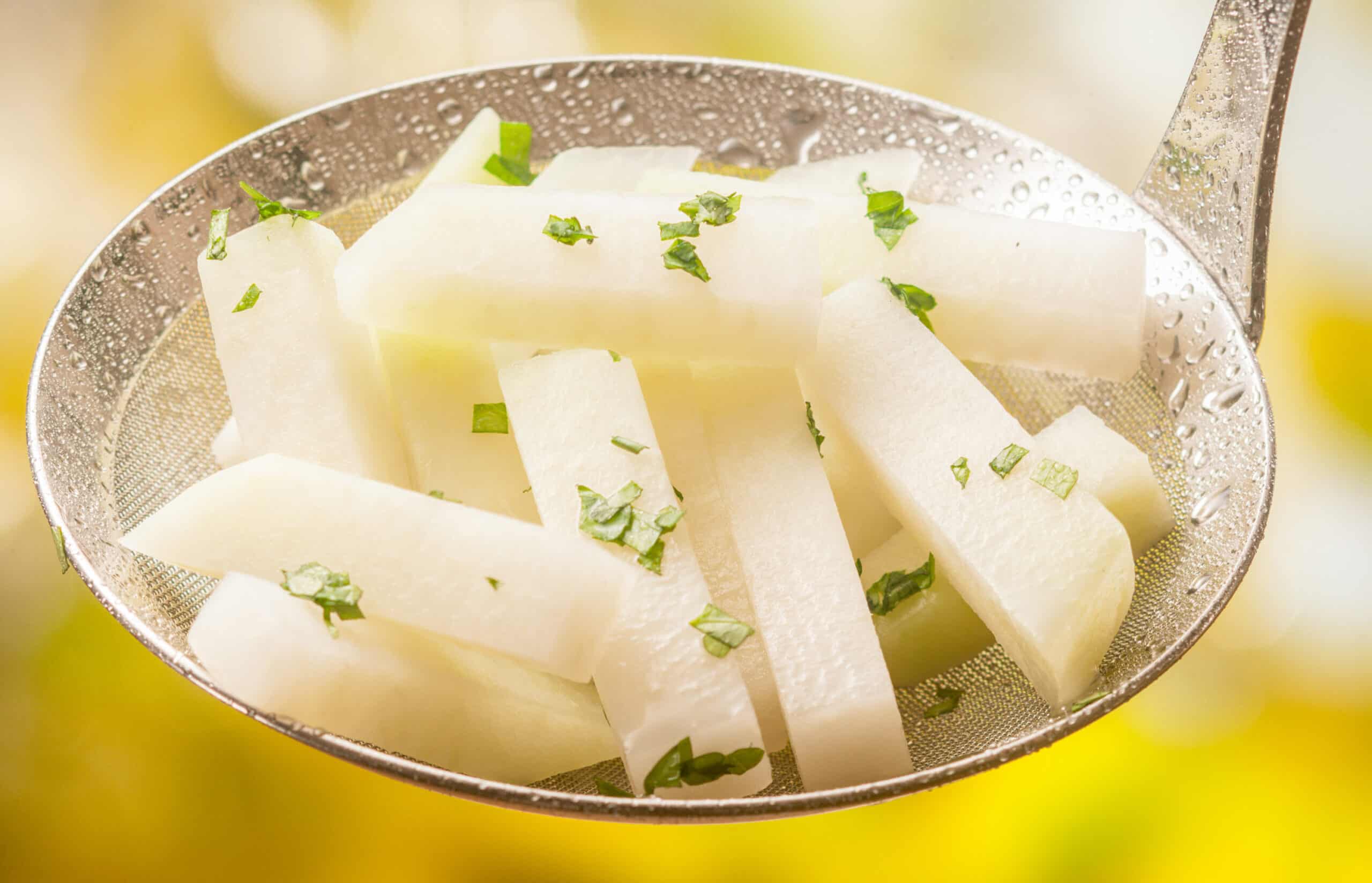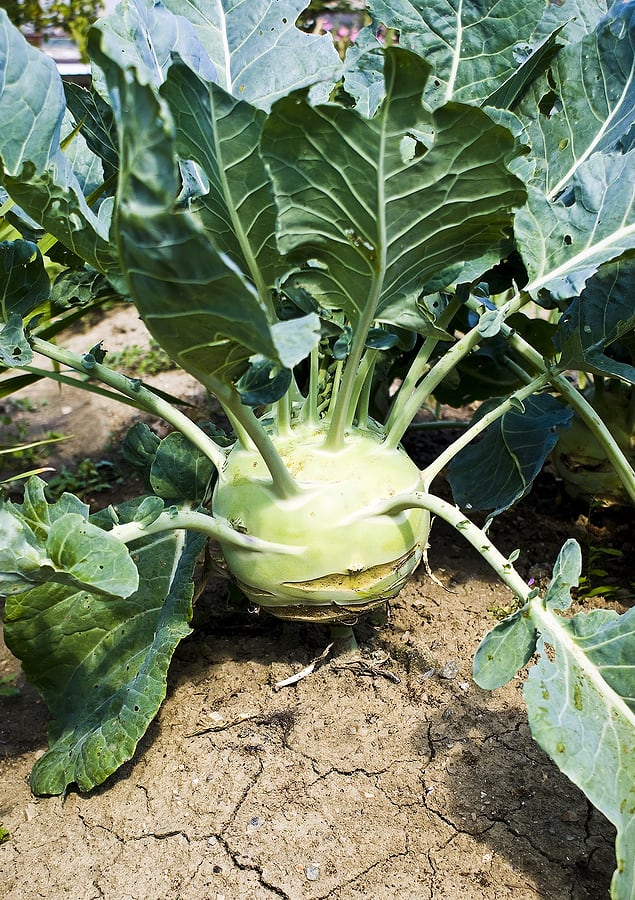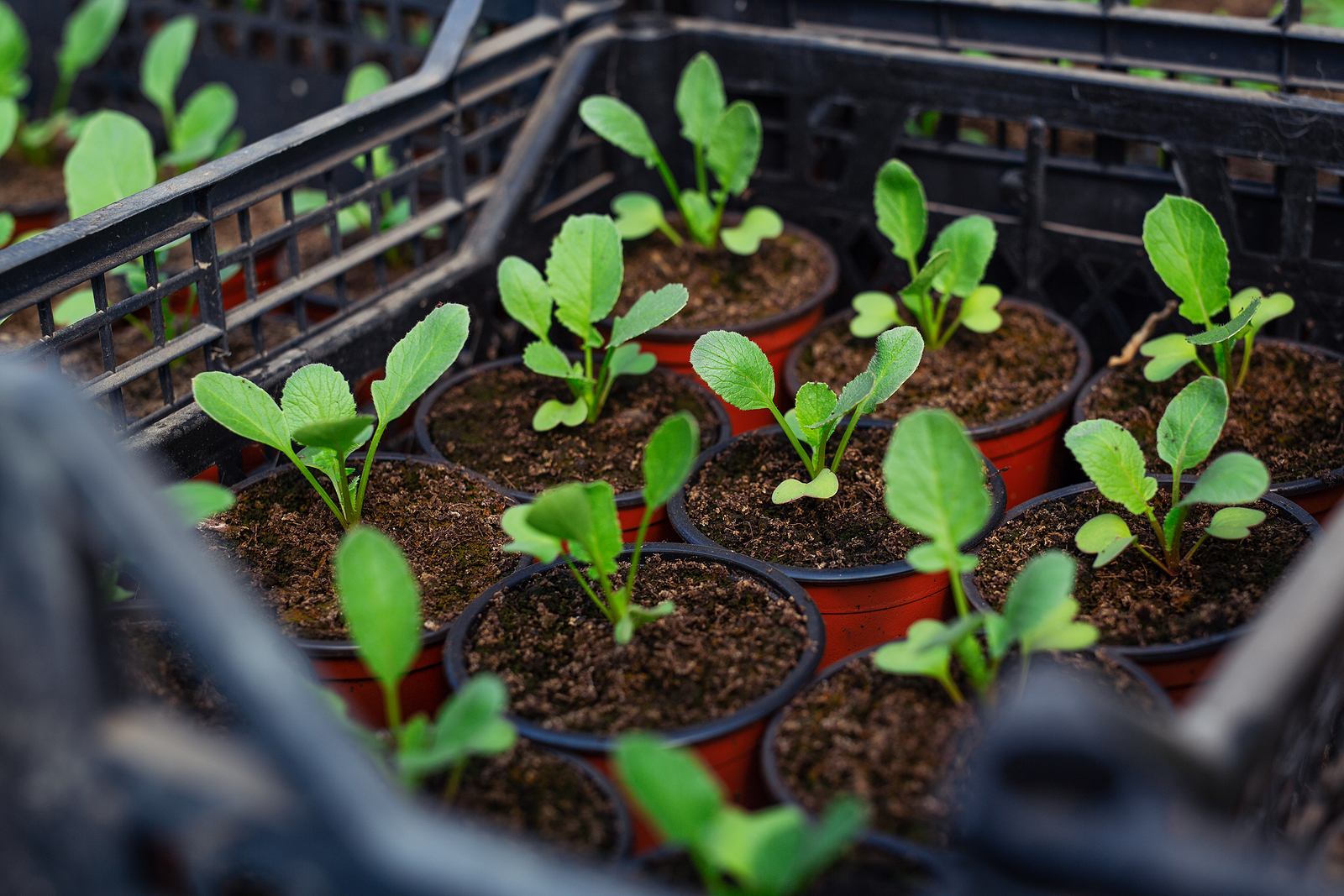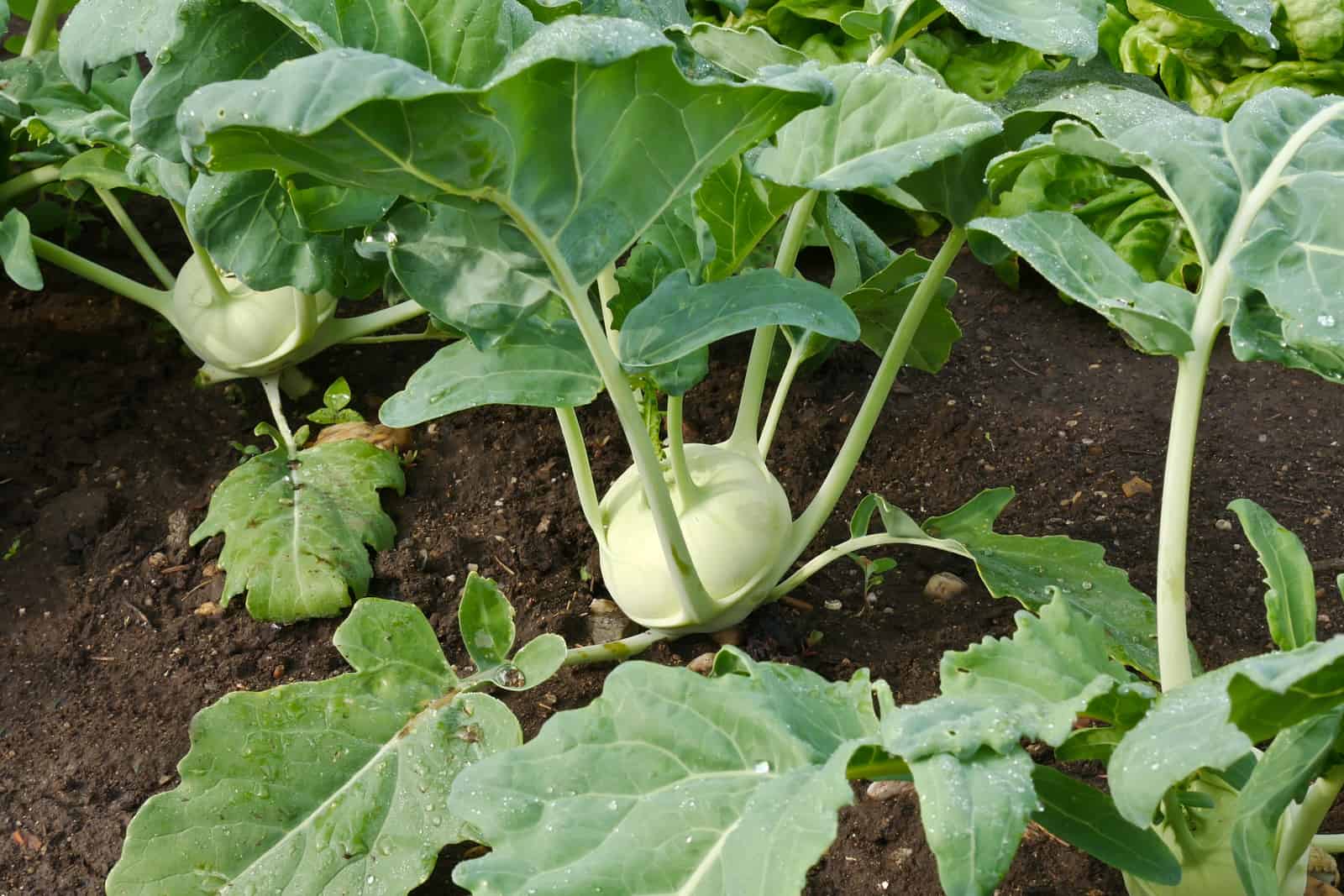Kohlrabi
Latest stories
More stories
-
How to Plant and Grow Kohlrabi
Kohlrabi is grown for its swollen base which is actually the plant’s stem. The globe-shaped base develops above the ground. Kohlrabi is a good choice for gardens that don’t have deep soils. Kohlrabi is a hardy biennial grown as an annual. Both the globe base and leaves can be eaten. Kohlrabi is a hardy biennial […] More
-
Kohlrabi Seed Starting Tips
Kohlrabi is a cool-season crop; it’s best grown in spring and fall. Sow kohlrabi in spring for an early summer harvest and use; start a second crop in mid-to-late summer for winter storage and use. Kohlrabi is not a root crop; the edible part of the plant is a swollen portion of the stem growing […] More
-
How to Harvest and Store Kohlrabi
Lift kohlrabi from your garden when the mid-stem bulbs swell to 2 to 3 inches in diameter. (Turnips that form bulbs below the soil are best harvested at about the same size.) Don’t let kohlrabi bulbs grow much larger or they will rapidly become woody. Lift kohlrabi bulbs gently or cut them off just above […] More

